PSS Nicomp 380 DLS 纳米粒度分析仪
型号:PSS Nicomp 380 DLS 纳米粒度分析仪
PSS Nicomp 380 DLS 纳米粒度分析仪,采用雪崩二极管(APD)检测器和大功率激光器,大功率激光器可以增加光强度,APD检测器更是增加了对微小粒子所发出信号的探测能力。利用布朗运动及动态光散射理论,粒径检测范围为0.3nm – 10μm,可以给出所测样品的粒度分布,纳米级别粒径分布测定更加精准。

The Nicomp 380 was specifically designed to measure nano-sized particles as well as other colloidal systems. From approximately 0.5 nm to 6 microns the 380 has been the instrument of choice for researchers and top notch scientists for years. Its unique features such as base-line adjust for automatic aggregate compensation and a proprietary high resolution multi-modal algorithm has historically proven its ability to separate close bimodals and native populations from aggregate tails. |
Highlights |
Wide Dynamic Range |
0.5 nanometers to 6 microns |
Absolute meaurement |
does not require calibration |
Large representative sample is measured quickly |
High sensitivity |
relatively high sensitivity to aggregate populations (D6) |
Analytical function |
assumed for particle size analysis |
Dynamic Light Scattering
The Nicomp 380 Submicron Particle Size Analyzer uses the principle of Dynamic Light Scattering (DLS) to obtain the partcile size distribution of colloidal systems whose sizes range from 0.5 nanomters to 6 microns. DLS works by illuminating a group of particles in suspension with a focused laser beam which gives rise to many scattered light waves. These waves interfere with each other and produce a net scattered intensity that fluctuates as a function of time at some distant detector. Diffusion, or Brownian motion, of the particles causes random variations in the phases of the individual waves, resulting in a fluctuating light intensity. The particle size distribution can be obtained by analyzing the time behavior of these fluctuations using an autocorrelator. The autocorrelation function for a single uniform size distribution is a decaying exponential function where particle diffusivity is easily obtained from the decay time. Finally the particle radius can easily be calculated using the Stokes-Einstein relationship.
In general most samples are not uniform instead they are quite often polydisperse, having a range of particle sizes. The autocorrelation function then consists of a combination of decaying exponential functions, each having a different decay time and the analysis of the autocorrelation function is no longer quite simple. The instrument using varying deconvolution algorithms must invert the raw data in order to arrive at the best estimate of the true particle size distribution. The Nicomp excels at characterizing these difficult particle size distributions by utilizing a group of unique deconvolution algorithms ranging from a simple Gaussian approximation to a proprietary high resolution multi-modal deconvolution analyses called the “Nicomp Distribution".
Some of the unique features found on Gaussian analysis mode is a baseline adjust parameter which provides aggregate compensation that excedes the sensitivity found on most other instruments which employ a dust or dirt factor. The Gaussian analysis mode also allows for the user to specify a solid or vesicle weighting mode for analysing thin walled colloidal systems like liposomes. The Nicomp Analysis Mode is a proprietary high-resolution deconvolution algorithm that was first introduced over 25 years ago. It has historically proven its ability to accurately analyze even the most difficult closely spaced bimodals (e.g. 2:1 apart) and even certain trimodal distributions. This is extremely useful in finding the native peak of the aggregate distribution.
Dynamic Light Scattering 4 |
The standard Nicomp 380 is equipped with a 12 mW laser diode and PMT detector with an optical fiber set to 90°. Sample is introduced with drop-in cells. The 380 is the only Dynamic Light Scattering Instrument designed using a modular approach. Its capabilities may be enhanced by adding one or more modules: Autodilution This patented module eliminates the need for manual dilution of concentrated sample. Autodilution makes particle size analysis quick and easy, with no training required. Results are highly reproducible. 380/HPLD High Power Laser Diodes PSS offers an array of high power laser diodes to meet the needs of our most demanding applications. Higher power lasers are needed to extend the lower limit of our instrument by providing adequate scattering from small particles. They are also useful when measuring large particles such as dextrans, which yield insufficient scattering intensity because of index of refraction properties. The result is a more versatile instrument, ideal for sizing microemulsions, surfactant micelles, proteins and other macromolecules. It can even estimate the extent of aggregration of biopolymers after reconstitution, without chromatographic separation. Avalanche Photo Diode (APD) Detector The Nicomp 380 can be equipped with various high-powered lasers as well as a high-gain Avalanche Photo Diode Detector (APD which provides approxi-mately seven times the gain of a conventional photomultiplier tube. The APD is used to increase signal-to-noise and sensitivity in systems that do not scatter light well. Proteins, micelles, other macro-molecular-based systems, and nanopar-ticles are often dilute (1 mg/ml or less) and are made of atoms that do not scatter light well. The Avalanche Photo Diode coupled with a nominally higher powered laser diode module offers a low cost solution for accurately analyzing nanoparticles in a short period of time. 380/MA Multi-angle Goniometer Particles larger than 100 nm do not scatter light isotropically in all directions. It is possible to make DLS measurements more sensitive to certain sized particles by changing the angle of detection. The Nicomp 380 can be equipped with a mini-goniometer that moves the optical fiber between 12° and 175° by 0.9° increments. |

PSS Nicomp N3000 纳米粒度仪
型号:PSS Nicomp N3000 30万 - 60万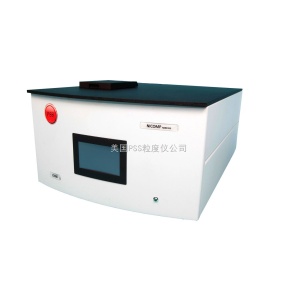
PSS Nicomp N3000动态光散射粒度分析仪
型号:NicompN3000 basic 30万 - 60万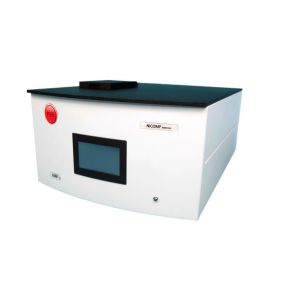
Z3000 纳米粒度仪
型号:Nicomp ZLS 30万 - 60万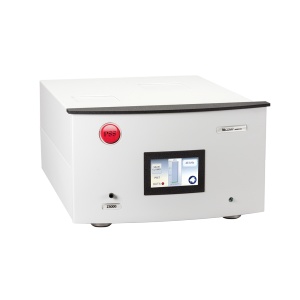
Nicomp Z3000 纳米粒径与Zeta电位分析仪
型号:PSS Nicomp Z3000 Standard 50万脂质体作为药物载体,控制其粒径大小是必要的。动态光散射法和单颗粒光学传感技术可分别对亚微米、微米级别的粒径进行分析,美国药典中对粒径分布有明确的规定。通过实验验证了美国PSS公司的Nicomp 380/ZLS激光粒径检测仪、AccuSizer 780A光学粒径检测仪的结合使用,可以对粒径进行更全面科学的质量控制。
纳米药物研究近些年主要着重在药物的传递方向并发展迅猛,纳米粒的大小可以有效减少毒性和副作用。所以,控制这些纳米粒的粒径大小是非常必要的。以前我们检测产品的粒度大都是在实验室完成的,然而现在我们也可以在制备过程中可以进行在线检测。这篇应用讲解了BIND医疗公司在英国剑桥MA完成这一开拓性的实验创举——将动态光散射技术运用到药物纳米载体Accurins的生产线上。 介绍
在蛋白质溶液中聚集已被证明有有害的影响。对于较大的聚集体,可以测量这些聚集体,但是在0.150 nm至2微米范围内的较小聚集体具有很难量化。Nicomp动态光散射(DLS)技术可以证明聚集体的存在,但不能提供任何关于聚集体绝对浓度的信息。


马尔文帕纳科激光粒度仪Mastersizer 3000


HORIBA SZ-100 V2 纳米颗粒分析仪

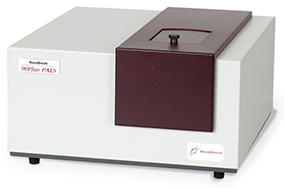
布鲁克海文高灵敏度Zeta电位及粒度分析仪90Plus PALS

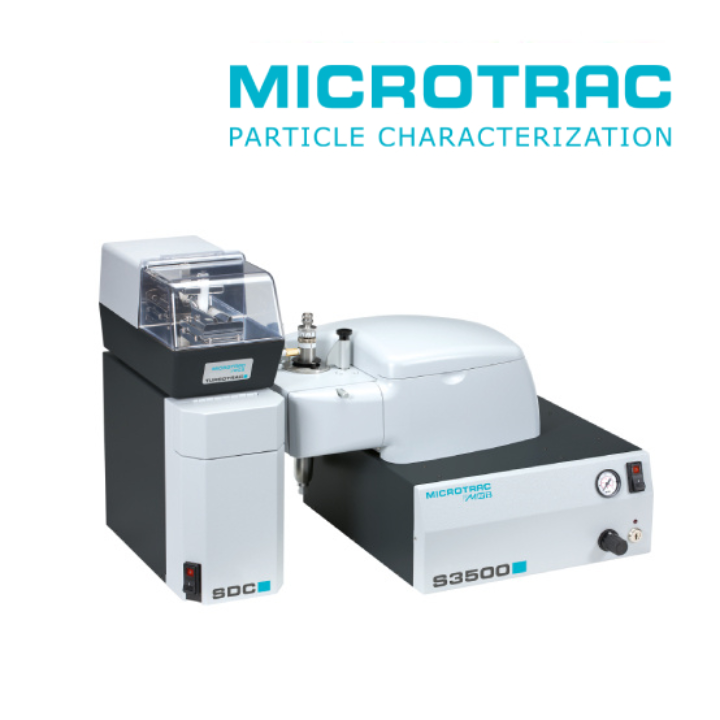
麦奇克激光粒度仪 S3500系列


百特激光图像粒度粒形分析仪Bettersize3000Plus
最多添加5台
